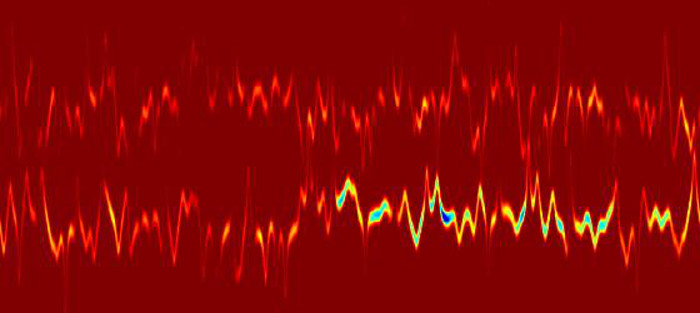Singular Spectrum Decomposition
This automation is achieved by focusing on the frequency content of the signal. In particular, this holds for the choice of the window length used to generate the trajectory matrix of the data and for the selection of its principal components for the reconstruction of a specific component series. Moreover, a new definition of the trajectory matrix with respect to the standard SSA allows the oscillatory content in the data to be enhanced and guarantees decrease of energy of the residual. Through several numerical examples and simulations, the SSD method has been shown to be able to accurately retrieve the different components concealed in the data, minimizing at the same time the generation of spurious components. The SSD method has been also shown to yield physically meaningful components when applied to time series from the biological and the physical domain.

